Houston Office Sector Off to a Slow Start
Limited activity to start the year doesn't paint the full picture as the market is outperforming its peers in some instances, CommercialEdge data shows.
Houston’s office sector remained stable in 2024, with the metro being the only U.S. market to have more than 1 million square feet in construction starts, per CommercialEdge data. However, the beginning of this year has been slow, with no new projects delivered through the first couple of months. Despite having nearly 1.4 million square feet of office space come online in 2024, this represented a more than 50 percent decrease year-over-year.
As of February, Houston’s development pipeline totaled 2.2 million square feet under construction, placing it among the top 10 metros in the nation. The vacancy rate in Houston during the same month was 23.1 percent, 130 basis points lower year-over-year.
Besides the lack of new project deliveries, office-to-residential conversions have played a significant role in reducing vacant space. Last year, CommercialEdge introduced the Conversion Feasibility Index, a Yardi-powered tool that assesses the suitability of office buildings for conversion based on criteria such as walkability, floorplate shape, and age.
While Texas markets may not be among the leading metros for adaptive reuse, Houston currently has 29 office buildings totaling almost 2.4 million square feet in the Tier I category, meaning they are strong candidates for potential conversion, with another 373 properties in the Tier II category.
Houston’s pipeline rises above national figures
Houston’s 2.2 million square feet under construction accounted for 0.9 percent of its existing office inventory, slightly above the 0.7 percent national index and peer markets Phoenix (0.6 percent) and Atlanta (0.4 percent).
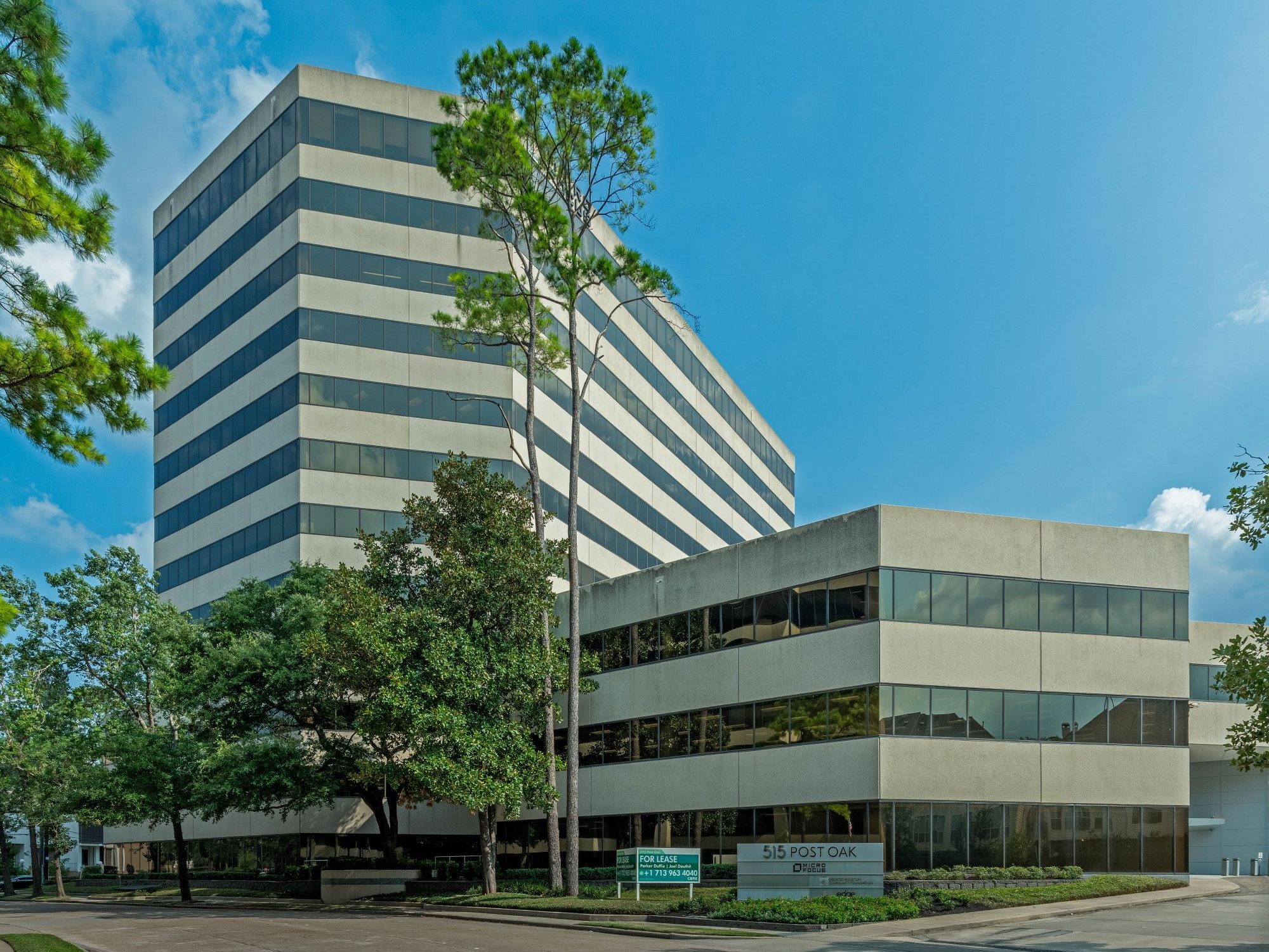
When also taking into account the projects in planning stages, the metro’s share stood at 1.9 percent, below the 2.6 percent U.S. average. Austin took the lead (12.5 percent), followed by San Francisco (6 percent) and Nashville (5 percent).
However, Houston was the only metro in the U.S. to have more than 1 million square feet in office starts in 2024. In February, Midway started construction on CITYCENTRE Six, the largest project that broke ground last year. The 320,000-square foot building, which is scheduled to come online next year, is part of a 2 million-square-foot mixed-use development that also features residential and hospitality components.
Metro transaction activity ranks high
Houston’s office investment activity in the first two months of the year totaled $282 million. The metro was among the top 10 leading markets in terms of sales, with Manhattan ($1.8 billion) typically outperforming all markets. New Jersey ($409 million) and Denver ($323 million) were the only peer markets that surpassed Houston.
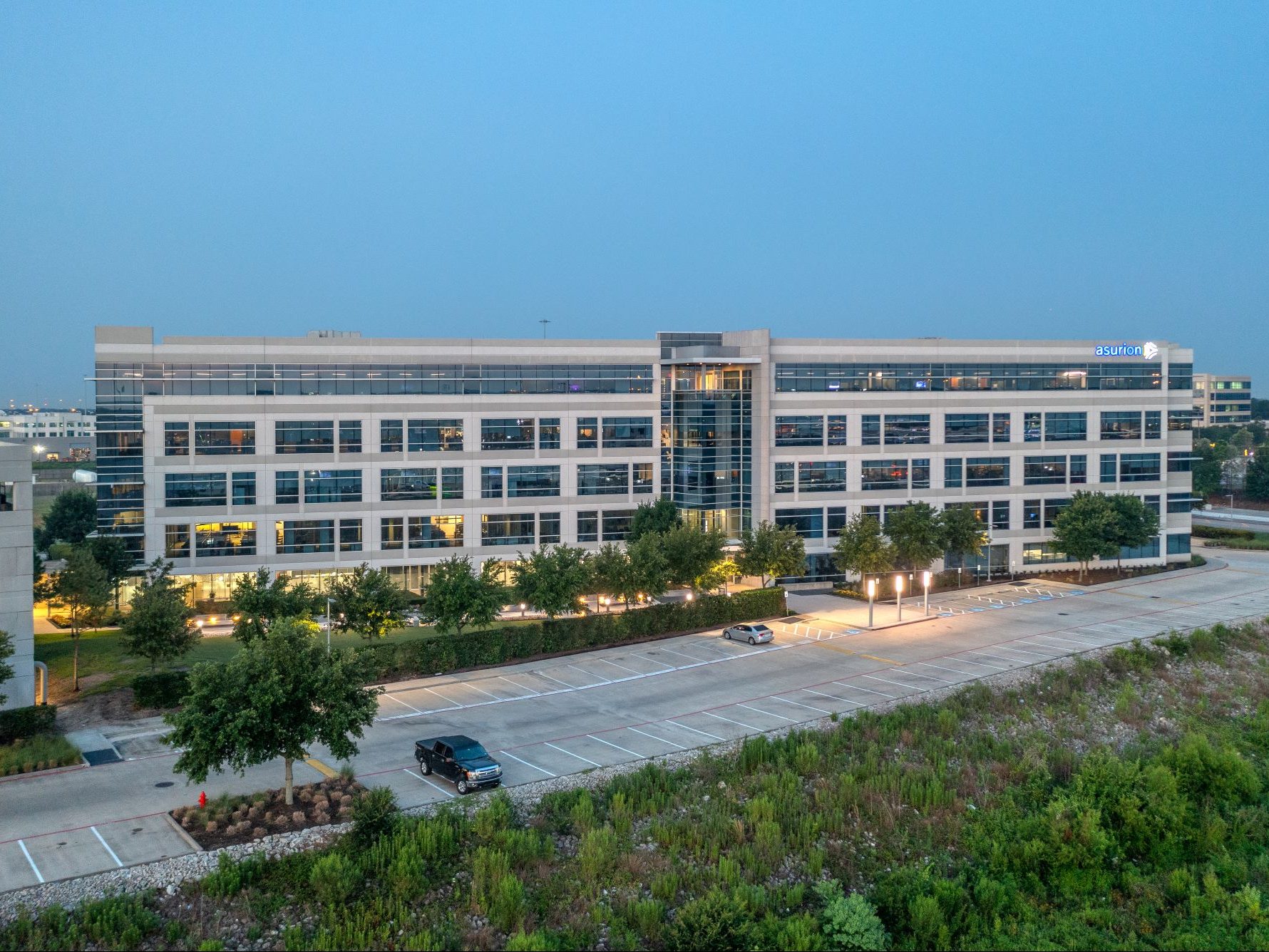
Assets in the metro traded for $139 per square foot on average, well below the $177 national average. However, it surpassed Dallas prices, where properties traded for $131 per square foot.
Last month, New York Life Real Estate Investors sold 515 Post Oak, a 274,583-square-foot office building in the metro. The firm came into possession of the asset after the previous owner defaulted on a $44.5 million loan.
Other notable deals in the metro include Radler Enterprises’ purchase of Legacy at Fallbrook, a 207,029-square-foot building within the Cypress West neighborhood. EQT Exeter sold the LEED Gold-certified asset completed in 2015.
Less vacant office space in Houston
Houston’s office vacancy rate as of February clocked in at 23.1 percent, well above the 19.7 percent national average. However, this figure is 130 basis points lower year-over-year. Among peer markets, Dallas (23.8 percent) and Austin (27.4 percent) fared worse, while Phoenix (18.7 percent) and Atlanta (19.2 percent) had less vacant space.

As the office sector continues to face challenges in an unpredictable market, converting office spaces into residential units remains a vital strategy to address both the housing shortage and rising vacancies. One of the underway office-to-residential conversion projects is Westlake 3. The 19-story, 827,596-square-foot building was originally completed in 1981 and is being redeveloped into 311 units, scheduled to come online later this year.
The metro’s average listing rates during the same month was $30.3, registering a 3 percent growth year-over-year. However, this number was lower than the $33.4 national average and lagged behind most peer markets.
One of the larger leasing agreements of this year is Plains Marketing LP’s extension of its 259,774-square-foot commitment at Brookfield Properties’ Allen Center office campus. The firm has been a tenant within the Three Allen center campus and will continue to occupy the space at least until 2036.
Coworking inventory remains steady, still below national average

Houston’s office shared space stock as of February spanned 4.5 million square feet across 230 locations. This accounted for 1.8 percent of the market’s total inventory, slightly below the 2 percent national rate.
The metro’s inventory was on par with Dallas and Austin, but surpassed Philadelphia (1.5 percent) Miami remained in the spotlight, with 3.7 percent of its total stock designated as office shared space, followed by Nashville (3.4 percent).
Regus remained the largest coworking operator in the metro, with 613,092 square feet across 36 locations. Since November, the company opened two more coworking spaces. The Cannon (444,341 square feet) and Workstyle Flexible Spaces (388,350 square feet) rounded up the top three.


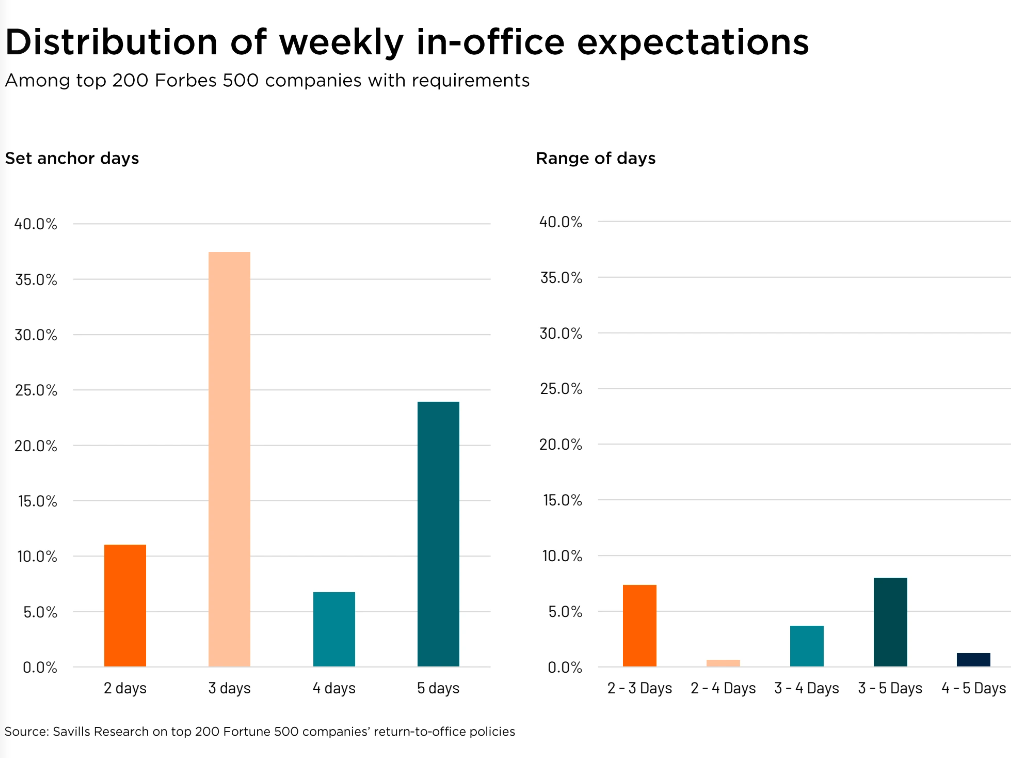


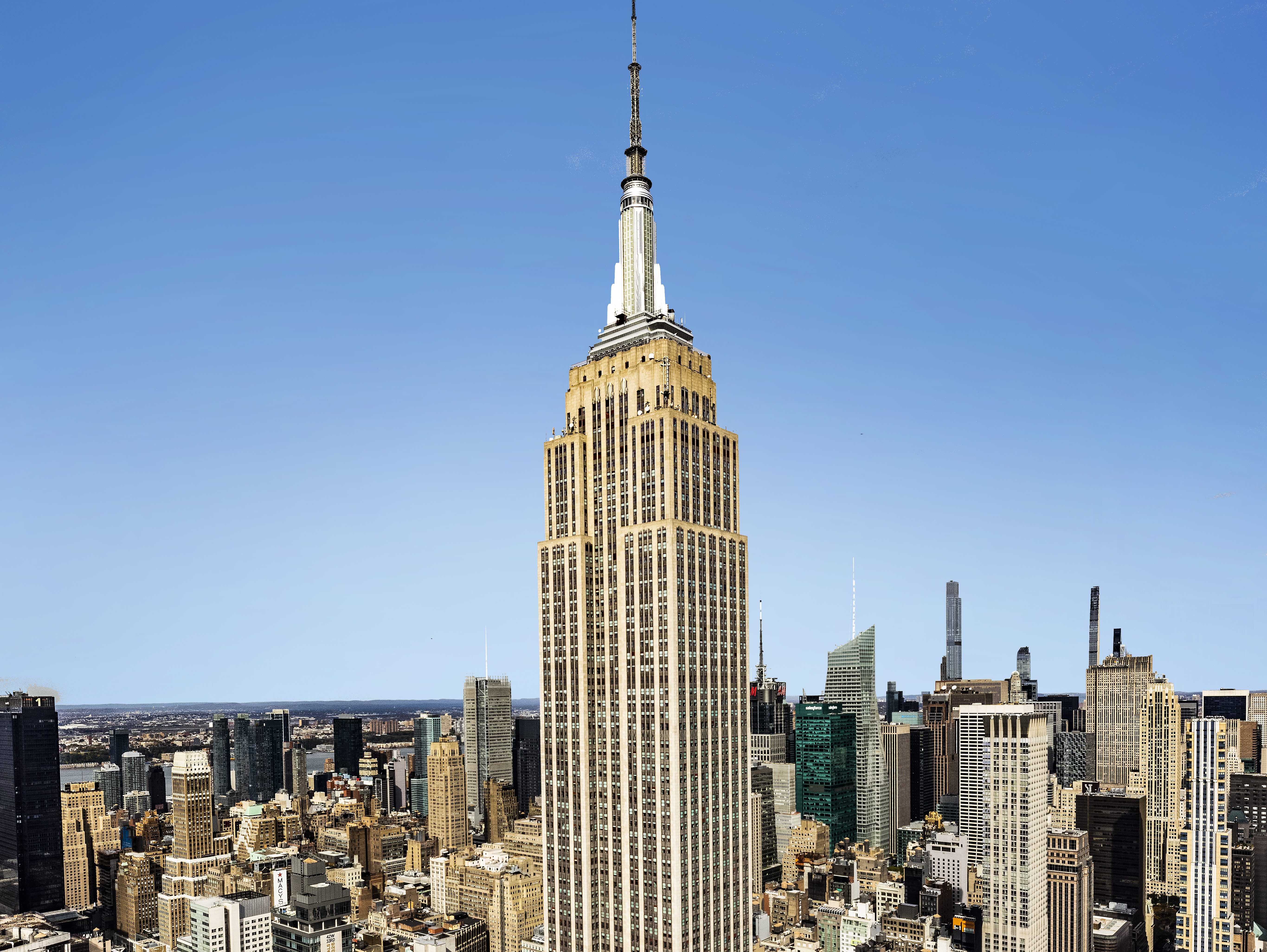

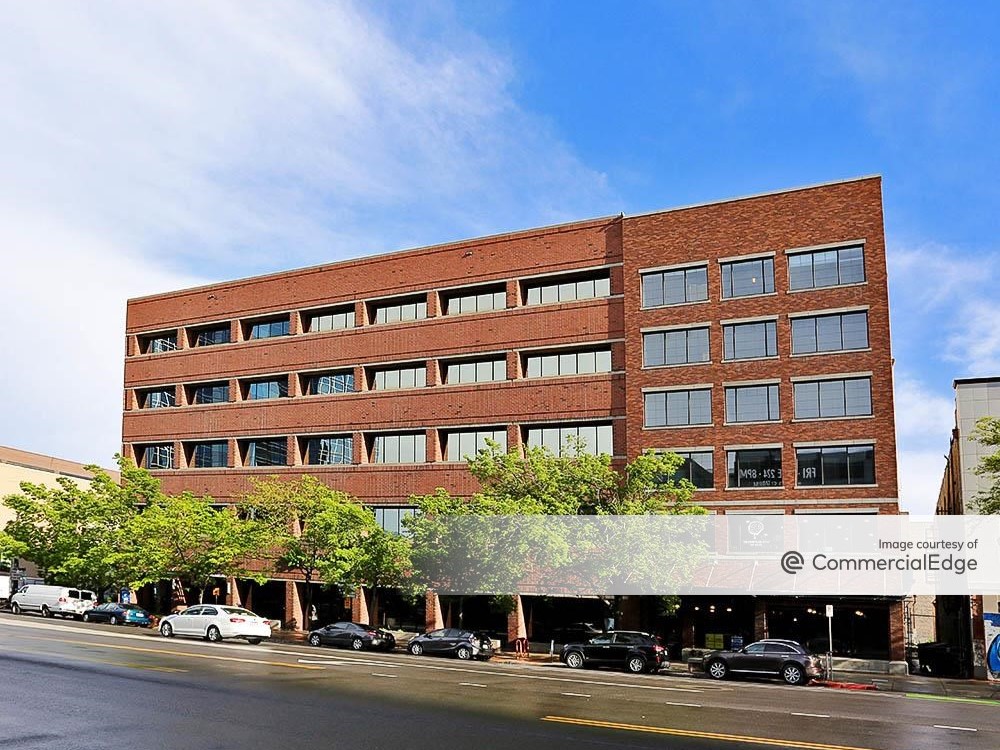
You must be logged in to post a comment.